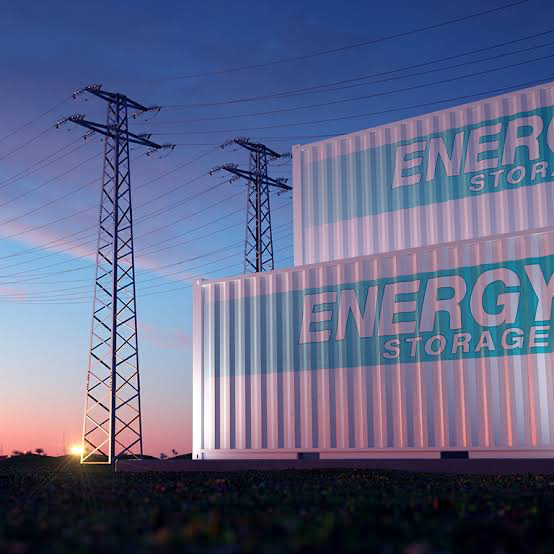KEY POINTS
- ROMPCO’s 865-km pipeline secures natural gas supply from Mozambique to South Africa’s industries.
- The company is driving regional decarbonization by shifting industries from coal to gas.
- Its cross-border model blends energy security with jobs, community investment, and industrial growth.
The Republic of Mozambique Pipeline Investments Company, ROMPCO, which has quietly emerged as one of the key actors in regional energy security, is at the heart of that shift.
Governments and businesses in Southern Africa are being forced to reconsider how to fuel growth without increasing the region’s reliance on coal due to the region’s growing energy demand.
The 865-kilometer Mozambique–Secunda Pipeline (MSP) is owned and operated by the company, which is a joint venture between Sasol, iGas of South Africa, and CMG of Mozambique.
In order to supply petrochemical facilities, power plants, manufacturers, and almost 700 commercial users, the line carries natural gas from the Pande and Temane gas fields in Mozambique to South Africa’s industrial heartland.
In an interview, Luís Gudo, technical manager at ROMPCO, stated, “We are supporting industrial growth and cleaner production while ensuring a safe, steady supply of gas across borders.” “Our work is about laying the groundwork for long-term economic development, not just delivering energy.”
Gas pipeline fuels industry, jobs, and energy transition
The pipeline is not just a piece of infrastructure. It serves as the foundation for sectors like mining, petrochemicals, and power generation, assisting in the stabilization of the electrical supply and lowering dependency on coal. One of the main winners is Sasol’s Secunda complex, one of the biggest industrial locations in South Africa.
ROMPCO has made investments in capacity upgrades, predictive maintenance, and sophisticated monitoring systems to secure this supply, which has improved gas delivery reliability despite spikes in regional demand. Natural gas is now positioned as a bridge fuel in southern Africa’s energy transition thanks to those actions, which have also assisted in reducing emissions.
Communities are also impacted by the company. From technical training programs to pipeline operations, thousands of jobs have been created. The gas value chain now includes small and medium-sized enterprises, and community investments promote gender inclusion, healthcare, and education. Gudo declared, “We are not just delivering gas; we are empowering people.”
In order to establish a hybrid energy model, ROMPCO is also investigating methods to incorporate renewable energy sources into its operations. “When compared to coal-based processes, natural gas already reduces carbon footprints by as much as 50%,” Gudo continued. “However, we are preparing for a time when renewable energy sources and gas will work in tandem.”
Originating from a public-private partnership, the company’s structure has evolved into a model for international collaboration. It has drawn investment, strengthened ties between Mozambique and South Africa, and synchronized regulations by striking a balance between national interests and common regional objectives.
In order to replace diminishing reserves, ROMPCO intends to integrate regasified liquefied natural gas from Mozambique’s Matola terminal and increase its pipeline capacity from 212 to 400 petajoules annually. Its intention to remain involved in local policy and economic development is demonstrated by the opening of a new office in Maputo.
“We want to remain a catalyst for integration and growth,” Gudo said. “Our mission is not only to keep the lights on but to shape the future of southern Africa’s energy landscape.”



